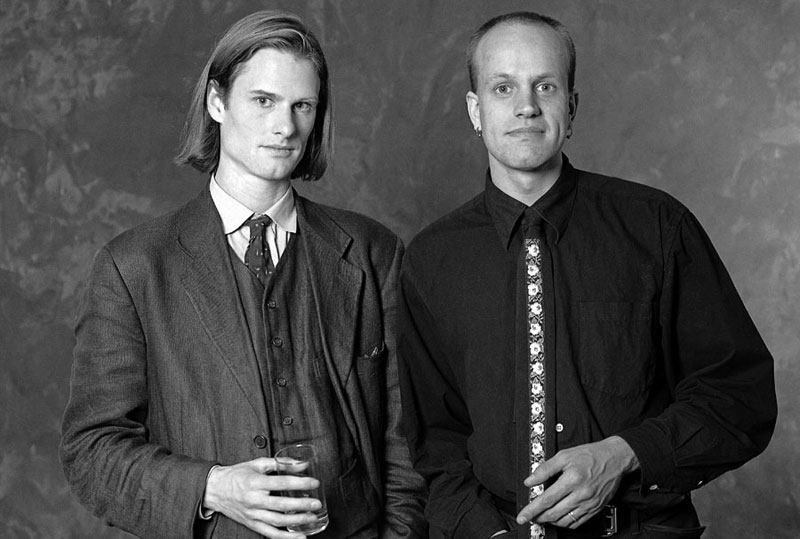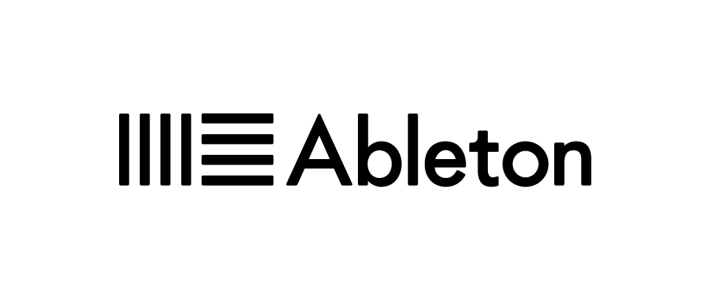The music industry is vast, and so are the range of instruments used to compose a masterpiece in the same. But arranging a whole lot orchestra to create a small music composition always cost a hefty amount, and sometimes it can cost even more. But with changing technology trends, the music industry has also got its own music software that helps musicians to produce the amazing music that was impossible without a professional music team. Ableton is such music software, and one of the earliest, that has been helping numerous musicians with their composing and music production work.
Ableton was founded by two computer music artists Robert Henke and Gerhard Behles. The two belonged to Munich, Germany, and had met through a common friend at the University of Munich, who ran an electronic music instruments store. At that time, they did not share good vibes with each other and had no plans to work together.
After some time, Behles moved to Holland, whereas Henke shifted to Berlin, for higher studies. Somehow, again, Behles had to move to Berlin, where he joined Computer Science same as Henke at Berlin’s technical university. This time, the two get along well, as both shared the common interest, i.e. Music. The university has a studio for electronic music, where the two started studying more about music and got introduced to a lot of electronic music. Here they began to design sounds and did a lot of installation work.

Henke and Behles collaborated in 1995, to produce electronic music under their Monolake project. At that time, they used Drum machines, synthesizers and software, like Cycling ’74/IRCAM’s music coding environment, to create music, but these could only create a limited type of music and was becoming boring with time. But being the computer engineers, the two were able to enhance the capability of the software and create better music.
With time, Henke and Behles started performing live and became famous. Some of the most popular creations of the two under Monolake includes Gravity (2000), Interstate (1998), Hongkong (1997), etc.
Even though the two were becoming popular with their compositions, they wanted something new and better for music creation. At that time, they used the Apple G3 laptop to compose music and play it live. This helped them to reduce the need to take big musical equipment with them.
Being engineers worked for them, and they developed software to create different transitions in music named PX-18, but purely for their personal use. The software worked on the Silicon Graphics workstation. For building the software, Behles met another software engineer and music enthusiast, Bernd Roggendorf, who also advised them to start a business of music software development.
The development of the software was to replace the big heavy instruments with computer and laptops. They created small pieces of programs to get the right sounds for their live performances. But still, they were not planning on selling those programs to other musicians.
But soon, they realised that there were no such programs at that time, and a new music software could do wonders for every other musician. So the two got convinced to commercialise their software, and the next step was to find investors for their idea.
The two partners participated in the trade show NAMM in 2001, with the beta version of their music software, named ‘Live’. Here they got to bag the first investment from Hans Zimmer, a German film score composer and record producer. After Hans Zimmer showed interest in their project, many other investors came forward to invest in the same. And in 2001, Henke and Behles founded Ableton the company and launched the first commercial version of the software, ‘Live’.
The two opened the first office of Ableton in the Mitte district of Berlin, Germany, Behles becoming the chief executive officer of the company. The software became famous in no time and was opted by big names in the field of music production.
The company joined its hands with Cycling ’74 in 2007 to build a new product, ‘Max for Live’, that they launched in 2009. The software creates Max/MSP patches directly inside of Live. Ableton has also developed many programs, that help the users to learn about how to use the Ableton software.
In June 2017, Ableton acquired Cycling ’74. Till now, the company has released ten updates to Ableton Live. The latest version of the software, Ableton Live 10, includes features like new melodic step sequencing layout and MIDI note view, etc.
The company sells three versions of the software, i.e., Live 10 Standard, Live 10 Suite and Live 10 Intro. The standard version is the core software for music performance and creation. The Suite version includes features like Ableton Live, Max for Live and all the Ableton software instruments as well as effects. The third version is the introductory version of Live and has the track and effect limitations.
Henke worked at Ableton for over ten years and continued to record and perform his own music. Henke left the company in 2009 to completely focus on music. Since then, he has been writing and speaking about sound engineering, specifically at the Berlin University of the Arts, and Stanford University, whereas Behles still serves as the CEO of Ableton.

Yashica is a Software Engineer turned Content Writer, who loves to write on social causes and expertise in writing technical stuff. She loves to watch movies and explore new places. She believes that you need to live once before you die. So experimenting with her life and career choices, she is trying to live her life to the fullest.
